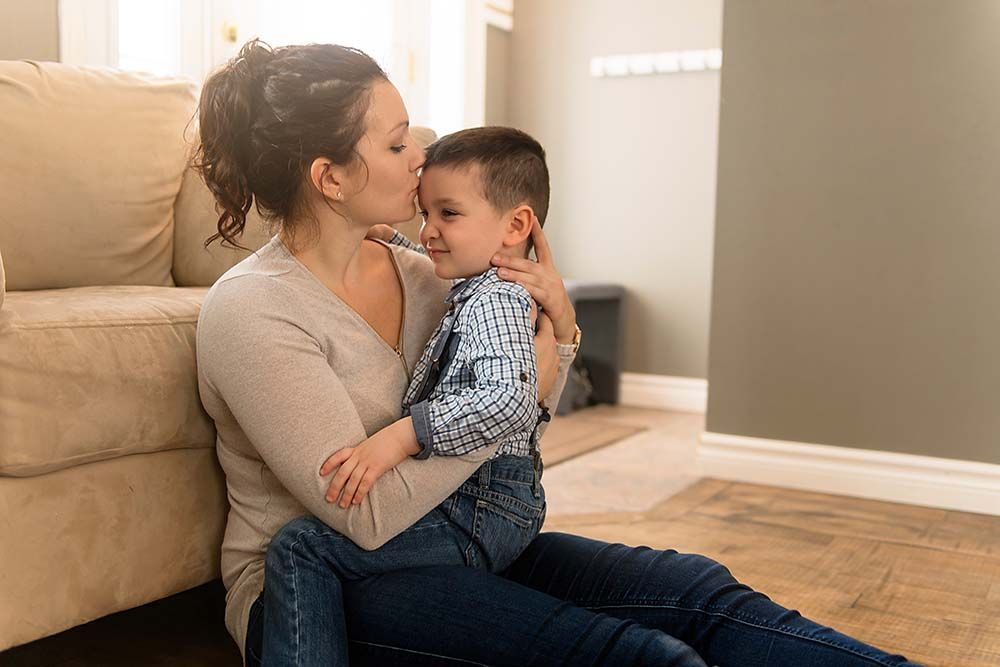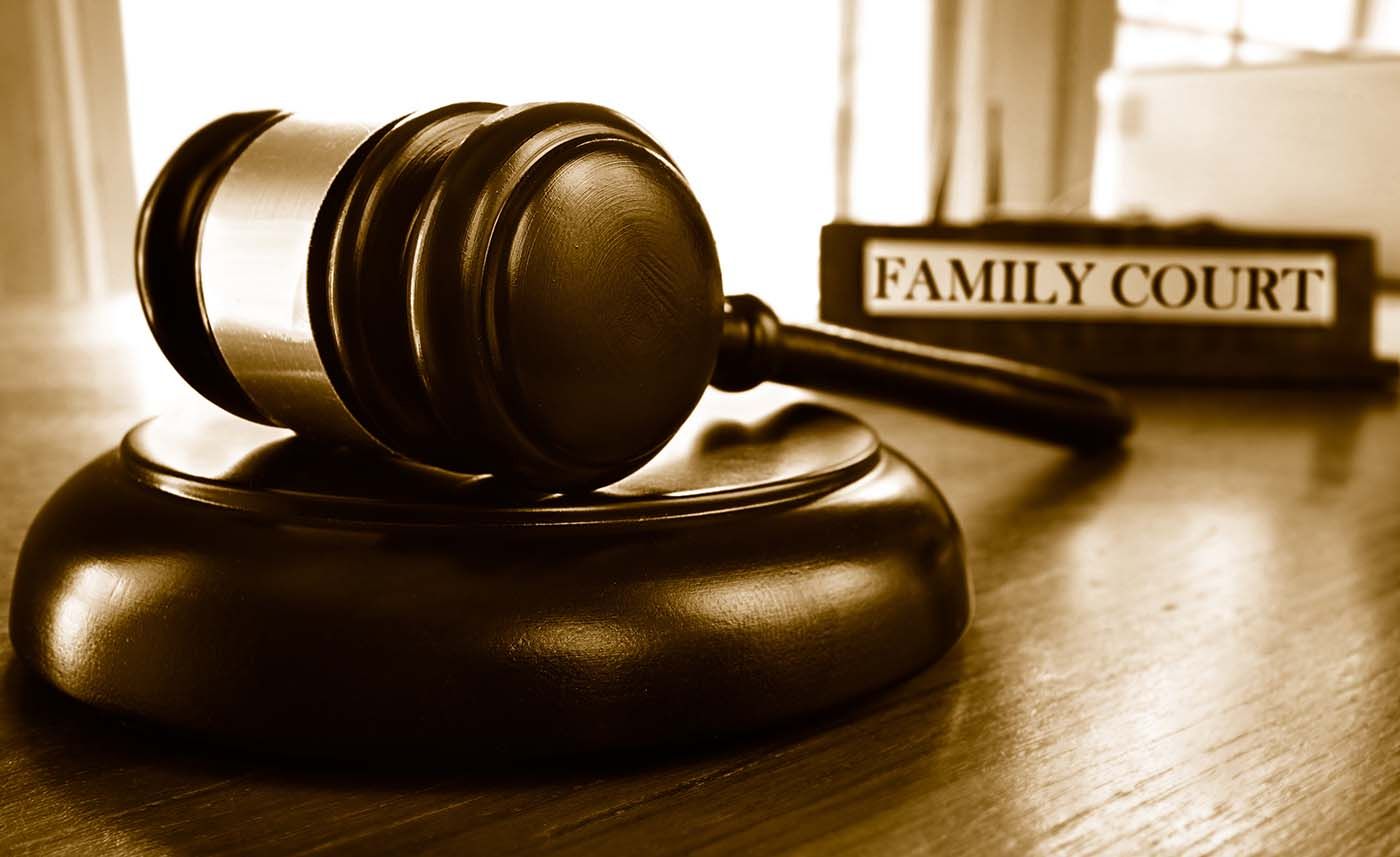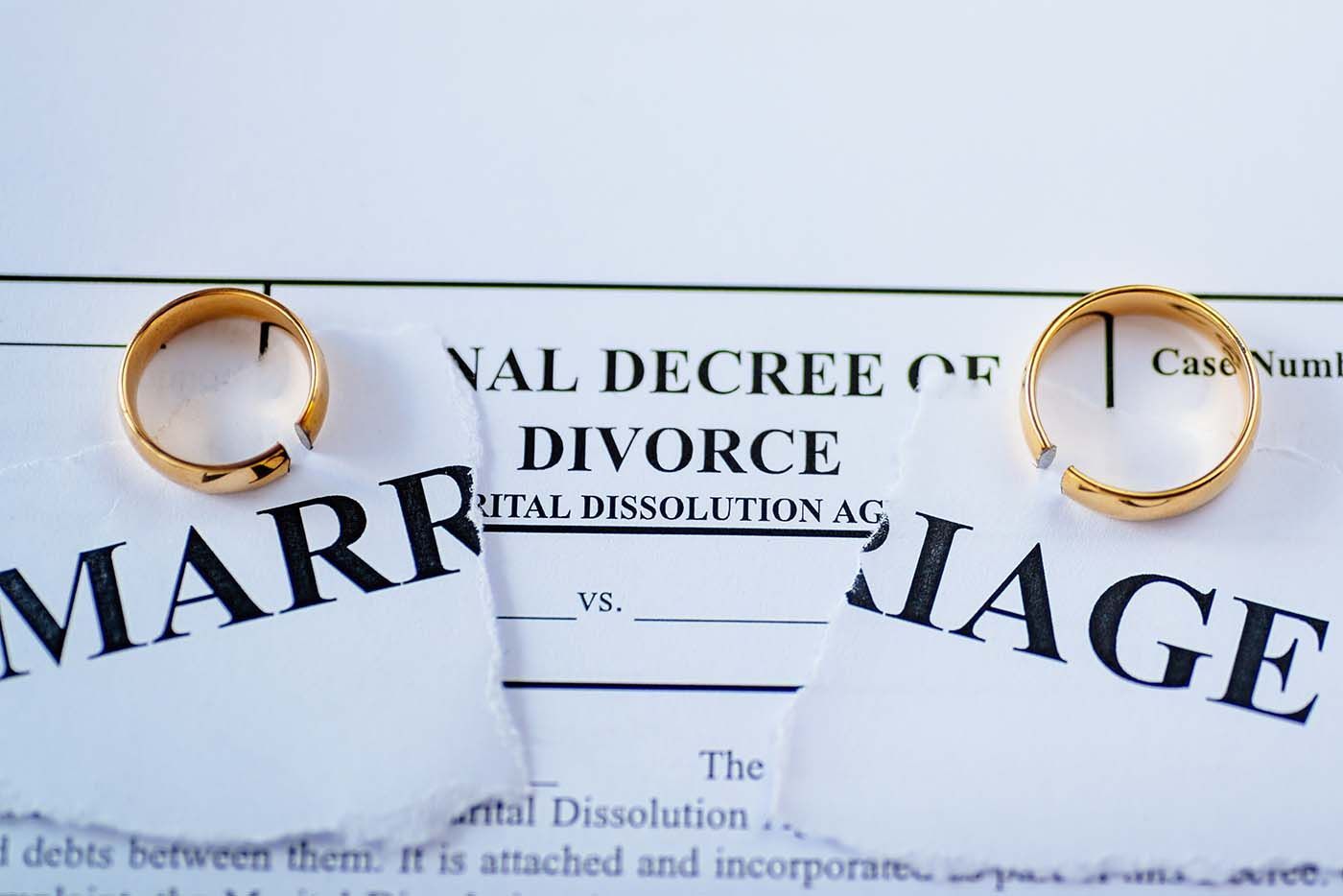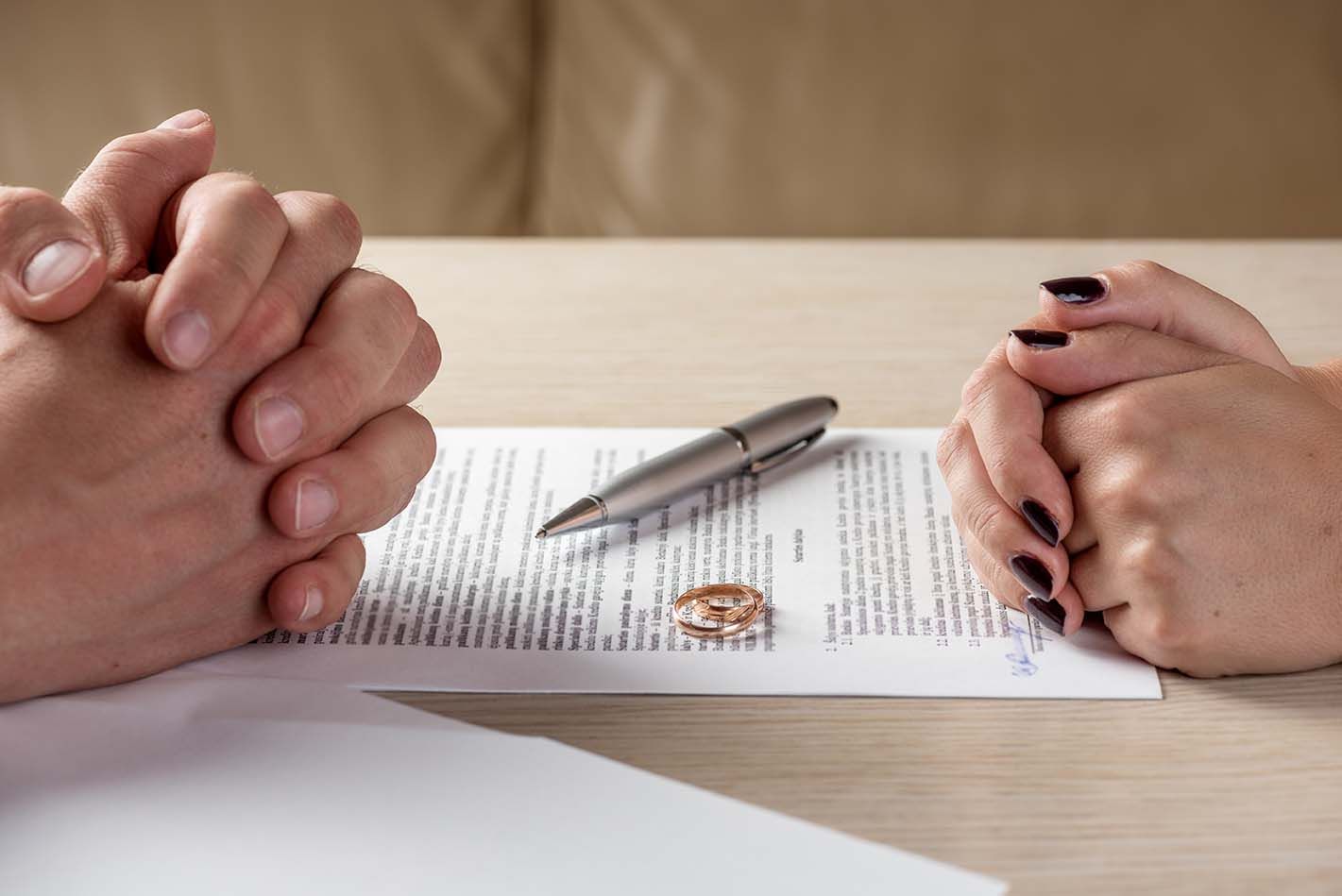Call Us Today 516-248-7008
Impact of Divorce on Custody Arrangements
When a marriage ends, the complexities surrounding child custody can be one of the most challenging aspects for parents to navigate. At Greebel & Greebel, Esqs., we’ve been helping families in Mineola, New York, since 1988, and our deep experience in family law has taught us just how important a well-structured custody arrangement is for both parents and children. Divorce impacts more than just the couple; it reshapes the entire family dynamic, particularly when children are involved. The decisions made regarding custody not only affect the present but also play a pivotal role in a child's emotional and psychological development for years to come.
Understanding the full impact of divorce on custody arrangements can help parents approach these decisions with clarity and care, ensuring that the best interests of their children are always at the forefront.

What Is Child Custody in the Context of Divorce?
In New York, like in many other states, child custody is divided into two primary components: legal custody and physical custody. Legal custody refers to the right to make significant decisions in a child’s life—such as education, healthcare, and religion. Physical custody, on the other hand, pertains to where the child will live and the day-to-day care the parent provides.
At Greebel & Greebel, Esqs., we often explain to clients that custody arrangements don’t have to be adversarial. In fact, courts encourage cooperative parenting plans where both parents remain involved. But even in the best scenarios, divorce significantly changes how these roles are shared.
How Divorce Influences Custody Arrangements
When a divorce is initiated, emotions run high. Unfortunately, this emotional strain can cloud parents' judgment, sometimes leading to contentious custody battles. However, it's essential to understand that the primary concern in every custody case is the well-being of the child.
Factors Considered by Courts in Custody Decisions
The courts in New York base their custody decisions on what’s in the “best interest of the child.” This means that the judge will consider various factors before determining the most appropriate custody arrangement. These factors include:
- The child’s age: Younger children might require more stability and proximity to their primary caregiver.
- The parent’s ability to provide for the child: This includes financial stability, emotional support, and living arrangements.
- The mental and physical health of the parents: A parent’s ability to care for their child is evaluated in light of any physical or emotional health challenges.
- The child’s relationship with each parent: Courts assess the bond between the child and each parent, looking at the involvement of each parent in the child’s life prior to the divorce.
- The child’s preferences: If the child is old enough, their preferences might be taken into consideration, although this is not the sole deciding factor.
At Greebel & Greebel, we help our clients navigate these factors to ensure that the custody arrangement is fair and centered around the child's needs.

Types of Custody Arrangements After Divorce
Custody arrangements can vary significantly based on the specifics of the divorce. Here are the most common types of custody arrangements seen in New York:
Joint Legal Custody
In joint legal custody, both parents share the responsibility of making significant decisions regarding the child's welfare. This is typically the most preferred arrangement as it allows both parents to remain actively involved in their child’s life. Even if one parent has physical custody, they will still collaborate with the other parent on major decisions.
Sole Legal Custody
If the court determines that one parent is better suited to make decisions in the child’s best interest, they may grant sole legal custody. In this case, one parent holds the authority to make all significant decisions for the child, although the other parent may still have visitation rights and input in day-to-day activities.
Joint Physical Custody
Joint physical custody means the child spends significant time with both parents. This type of custody encourages both parents to remain equally involved in their child's life. While it doesn’t always mean a 50/50 time split, it does require a more balanced approach to parenting schedules.
Sole Physical Custody
In a sole physical custody arrangement, the child lives with one parent, while the other parent typically has visitation rights. This arrangement is often used when the court finds it in the child’s best interest to have one primary home, especially if one parent lives far away or if there are concerns about the child's safety.
Visitation (Parenting Time)
Even when one parent is granted sole physical custody, the other parent is often awarded visitation rights. Parenting time allows the non-custodial parent to maintain a relationship with the child. At Greebel & Greebel, we frequently assist parents in negotiating workable visitation schedules that suit both parties and provide the child with stability.
The Role of Mediation in Custody Arrangements
Mediation can play a pivotal role in developing a custody arrangement that works for both parents without the need for a drawn-out court battle. It offers a less adversarial way to resolve disputes, allowing parents to negotiate terms with the help of a neutral third-party mediator.
At Greebel & Greebel, we often recommend mediation as an option because it empowers parents to come to an agreement based on their unique family dynamics, rather than leaving the decision solely in the hands of a judge. Additionally, mediation tends to be faster, more cost-effective, and less emotionally taxing than litigation.
Modifying Custody Arrangements After Divorce
Custody arrangements aren't set in stone. As life circumstances change, so too can custody agreements. It’s not uncommon for parents to revisit and modify their custody arrangement years after a divorce, especially when new factors arise, such as:
- One parent relocating
- A significant change in the child’s needs
- A shift in either parent's ability to provide care
- Changes in the child’s preference, particularly as they grow older
New York courts allow parents to request modifications to custody arrangements when there’s a substantial change in circumstances. However, it’s important to remember that the changes must still reflect the best interests of the child.
At Greebel & Greebel, we’re committed to guiding our clients through these adjustments, ensuring that any modifications are fair and supportive of the child’s well-being.
How Greebel & Greebel, Esqs. Can Help You Through Custody Arrangements
With over 35 years of experience in divorce and family law, our team at Greebel & Greebel has seen how challenging custody disputes can be for families. We’ve built a reputation in Mineola and throughout New York for providing compassionate, effective legal counsel that prioritizes the needs of children.
Our team works closely with clients to ensure that custody arrangements are equitable and provide children with the stability they need. Whether you are just beginning the divorce process or looking to modify an existing custody arrangement, we can provide the expert legal support you need.
We understand that every family is unique, and that’s why we take a personalized approach to every case, listening carefully to your concerns and goals. Our goal is to help families find solutions that minimize conflict and promote cooperation, always with a focus on the child’s best interests.
Frequently Asked Questions
What factors do New York courts consider when determining custody arrangements?
Courts consider factors such as the child’s age, parental ability, mental and physical health of the parents, and the child’s relationship with each parent.
Can custody arrangements be modified after the divorce?
Yes, custody arrangements can be modified if there is a significant change in circumstances that affects the child’s well-being.
What is joint custody?
Joint custody means both parents share the responsibility for making major decisions about the child's welfare and, in some cases, share physical custody where the child spends time with both parents.
How does mediation help in custody arrangements?
Mediation allows parents to resolve custody disputes outside of court, offering a less adversarial, more cost-effective way to reach a mutual agreement.
Can a child’s preference affect custody arrangements?
In some cases, if the child is mature enough, their preferences may be considered by the court, though this is just one of many factors that will be taken into account.
What is the difference between legal and physical custody?
Legal custody refers to the right to make significant decisions about the child's life, while physical custody refers to where the child lives on a day-to-day basis.









